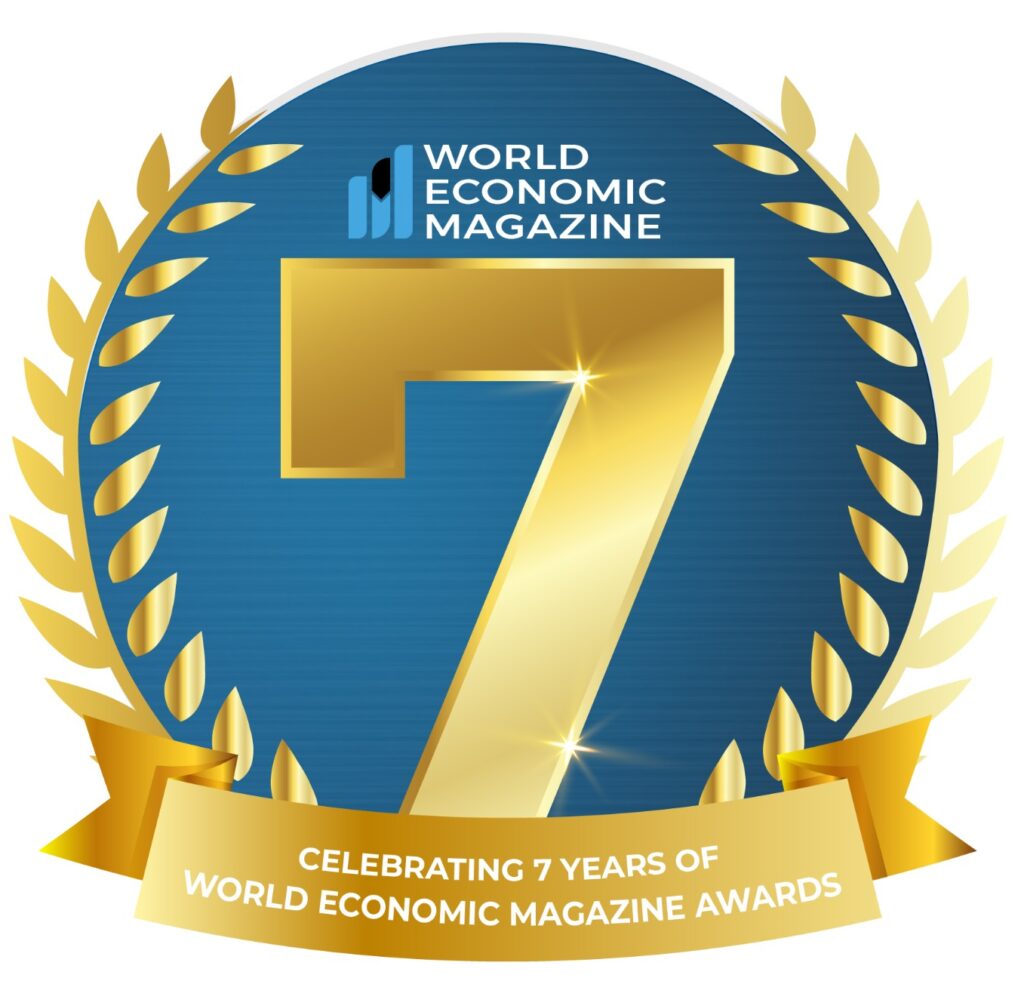
Every individual is entitled to breathe clean air: Katal Energy is working hard to make it a reality
Carbon emissions and global warming continue to plague the world in this age of technology and advancement. Finding a practical solution to the problem is critical. Air purification, or clean air, is important to the human race’s survival on this planet. Katal Energy is a major player in this field, collaborating with top companies, engineers, and researchers to conduct research and development on carbon intensity reduction. They’ve developed a new drop-in nano emulsion fuel that reduces CO2, NOx, SOx, and PM emissions while maintaining proven consistency, stability, and shaft power in diesel-powered internal combustion engines.
When asked about carbon emissions, sustainability, clean air, and the environment, the organization has this to say-
1. Environmentalists have always been concerned about carbon emissions. Katal Energy deserves praise for improving the quality of fuel, which helps to minimise carbon emissions and contributes to a cleaner environment. What was the impetus behind Katal Energy’s creation?
Society owes a deep gratitude to diesel fuel for helping to create and sustain our quality of life. The world ships millions of goods each day using this fuel. Diesel is a very efficient and energy dense fuel, the problem is that it generates a staggering amount of harmful emissions worldwide. The world’s carbon-based energy system is the most extensive and most expensive investment undertaken by our civilization. Katal’s impetus was to create a fuel that could provide a path to cleaner air while leveraging the assets and infrastructure. Katal Green Fuel delivers an affordable low carbon solution to put emissions into an immediate decline while supporting industry transition to a zero-carbon future.
2. What exactly is Katal Green Fuel (KGF) and how does it function?
Katal blends a customer’s existing diesel fuel with a proprietary bio-additive blend and water, to create an engineered drop-in nano emulsion fuel that is fully compatible with all diesel-fueled compression ignition engines. Due to the chemistry of the bio-additive ingredients, the water nano-droplets are fully entertained in the fuel and are stable until exposed to combustion conditions. Katal Green Fuel is 83% by volume customer’s existing conventional diesel fuel, this dominates basic fuel properties and therefore provides as much shaft power output and calorific value as conventional diesel. The patented bio-additive blend significantly improves fuel lubricity, protecting high precision parts from wear. KGF exhibits thermodynamic stability and passes through existing fuel filters and water separators without change.
3. Does it minimize CO2, NOx, SOx, and PM emissions? How?
Katal Green Fuel is 83% by volume conventional diesel fuel, the balance is 10% water and 7% bio additive which have a lower carbon intensity than diesel fuel thus reducing the CO2 for the similar amount of power produced.
As water content of a fuel is increased, the combustion efficiency increases the exhaust gas temperature is lowered (roughly 10%) and subsequently, the production of harmful NOx emissions.
The water is finely dispersed and stabilized in a solution and does not directly contact any engine surfaces, specifically the working surfaces of the injector. Adding water to diesel lowers the heat flux crossing the cylinder head. This drop in the heat flux reduces the thermal stress applied to the liner reducing the liner scuffing and metal fatigue. Emulsion fuels lower peak pressures and stress variations experienced by the pistons, reducing the potential for fatigue crack propagation.
4. Can KGF be classified as a biofuel? If not, what makes it different from biofuel?
Katal Green Fuel would be classified as a nano emulsion fuel. The nano emulsion process will work with any diesel fuel blend including mineral, bio or renewable diesel. What makes KGF different from biofuel is its ability to reduce NOx and particulates. Biofuels run hot and therefore produce higher levels of NOx. KGF reduces these levels.
KGF consist of:
- 83% customer’s diesel blend
- 10% water
- 7% additive blend (~4% bio)
5. We are on the cusp of a global energy crisis, as we all know. Is biofuel the solution to the impending energy shortage?
The size of the problem requires an all the above solutions approach. I think biofuels play a part as a blend stock to reduce the carbon intensity but we should continue to explore all options to address the global energy crisis.
6. Do biofuels or KGF help to mitigate the economic downturn that followed the Covid-19 situation? How?
I think the pandemic gave companies like Katal an opportunity to catch their breath and focus more on innovation. It also made the world focus and become more accepting of new concepts in the fuel space. Fuels are one of the biggest markets on the planet. These markets before the pandemic were hard to disrupt. These attitudes are now changing as emissions have become front and centre for many fuel end users.
7. Is the KGF cost-effective to employ, given the difficulty of applying the biofuel concept in developing countries?
Katal has a solution to solve a global problem. The investment in zero-carbon energy is not a feasible option for all countries. While developed nations transition to net-zero, emerging and underdeveloped economies will continue to use fossil fuels as they tackle financial and energy poverty. Katal can export KGF to meet essential energy needs globally, at a relatively low carbon abatement cost significantly improve the health of communities in residential, commercial, and industrial sectors in developing countries.
8. The concept of sustainability is broad and multifaceted, and the rise of biofuels, especially in high-volume production systems, may have negative effects for biodiversity, such as the conversion of natural forests to biofuel crops and the rise of intensive agriculture. What are your opinions on the matter?
I do think biofuels have a limited utility. We don’t need to increase biofuel production to really affect the tailpipe emissions. That’s why I like that KGF uses only 4% bio components of its total mix. It’s really the water component that cools the engine to provide much more complete burning and hence lower emissions. Katal will continue to pursue incorporating lower carbon liquid fuels to best leverage existing infrastructure and lower CACs (Criteria Air Contaminants) (NOx and PM).
9. Please provide us an example of how Katal Energy promotes sustainability goals at the societal, corporate, and economic levels.
Canada consumes approximately 33 billion litres of diesel each year contributing to a staggering amount of Criteria Air Contaminants (CACs) and CO2. Air pollution is the fourth largest human health concern in the world, leading to 6.5 million deaths annually. The reduction of CO 2 is on everyone’s radar due to carbon taxing and government policy yet NOx and particulate matter attribute to potentially more adverse health effects, yet it is being widely overlooked. Katal promotes societal sustainability goals by not only reducing CO2 emissions but also other critical emissions affecting air quality in communities both locally and globally.
Katal Energy
Katal promotes sustainability at the societal, corporate and economic levels through the collection and of real-world emissions data which will be gathered with Portable Emissions Data (PEMs) equipment which will be installed on operating assets. The emissions data gathering validate sustainability measuring, monitoring, and reporting and provide verifiable and auditable data that can help companies meet their goals for ESG reporting and sustainability.






